Hatshepsut Mortuary Temple / Djeser-Djeseru (Holy of Hollies)
This iconic temple didn’t disappoint! As you drive out of the Valley of the Kings you pass uncountable archaeological sites; if you think that every Pharaoh almost for certain had his own mortuary temple, which would be in reasonable proximity to his tomb, this area is a goldmine for undiscovered finds. If you include that the Valley of the Queens, nobles, artisans, wealthy individuals and even the builders were all buried nearby then this whole area is a treasure-trove yet to be discovered!
NB. I didn’t get time to see the Valley of the Queens, especially the tomb of Nefertari and Mahmoud said the tombs of the artisans although small are spectacular too!
So, the drive from the Valley of the Kings to the Hatshepsut Mortuary Temple is scenic and you pass some tantalising sites too, but long before you get to the temple you cannot miss Hatshepsut’s temple which from afar is big and only gets bigger as you get closer. It reminded me of a modern minimalism structure, with its sleek lines and symmetry, leading out from the foot of the mountain behind it as if the mountain was removed and the temple part of its foundation.

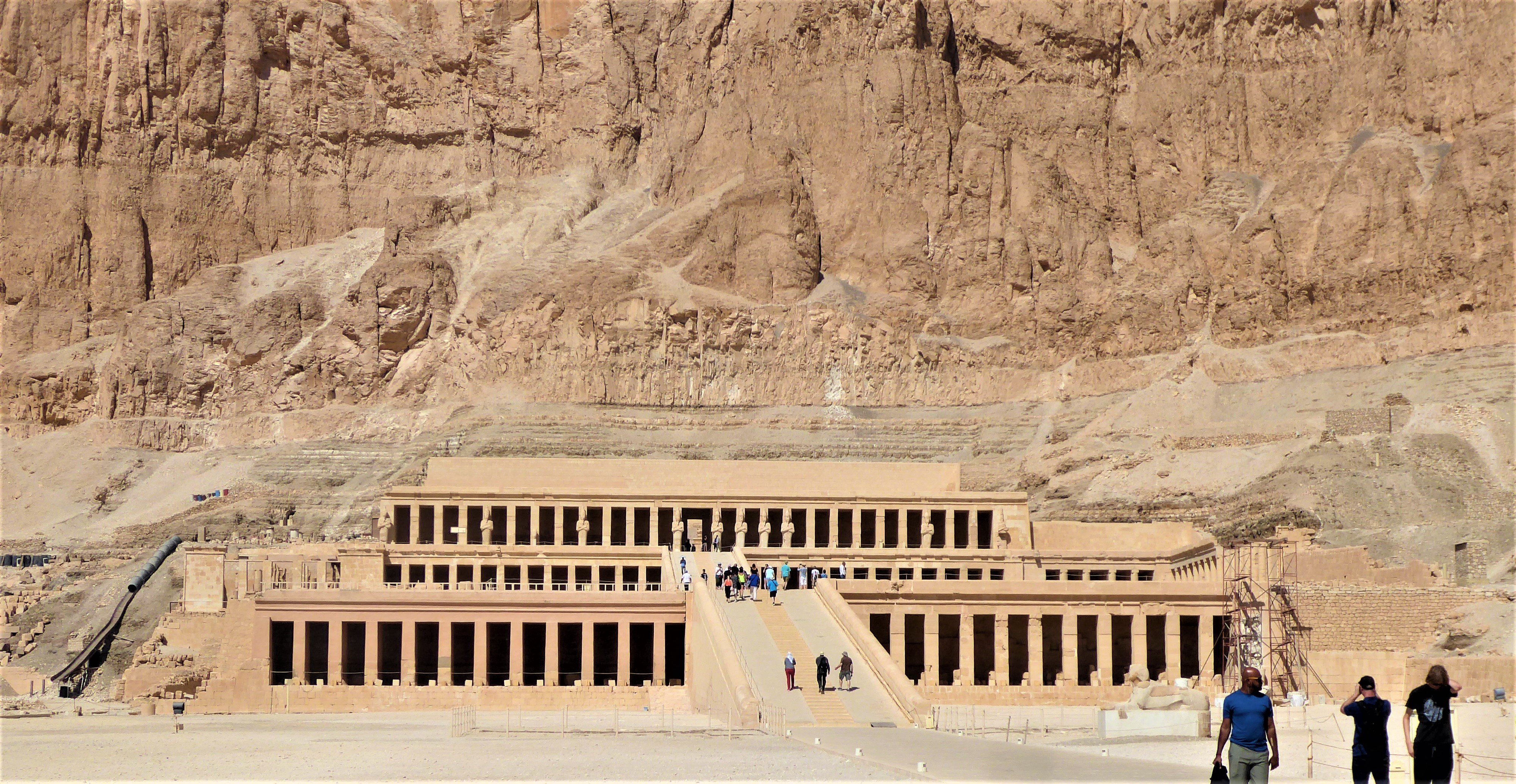
The area is called Deir el Bahari / Dayr al-Bahri which means “monastery of the sea” in Arabic and has been used for mortuary temples since the 15th century BC. Facing the emple there is another temple on the left belonging to Tuthmosis III, on its left Mentuhotep II temple, these latter two are older with Mentuhotep II’s the oldest (2061 BC – 2010 BC). You can clearly see remnants of these two temples, but very little is left, in most places just the outline and foundations.
It used to be in a sorry state and although the renovation is not fully complete they have done a fantastic job, the upper lever isn’t fully complete. You can easily see what stone is original and which not, it must have been a mammoth jigsaw puzzle restoring this huge temple.
When you arrive at the entrance to the complex there is a long passage about 100m long which used to be lined with sphinxes on either side all the way to the first ramp, itself over 50m long. This leads to a huge open section and about another 50m before the ramp slightly shorter with courtyards/platforms on either side (football field size either side). On this first level on the far-left side of the temple is a temple dedicated to Hathor and on the far right of the temple is a section dedicated to some public relations Hatshepsut had to deal with.
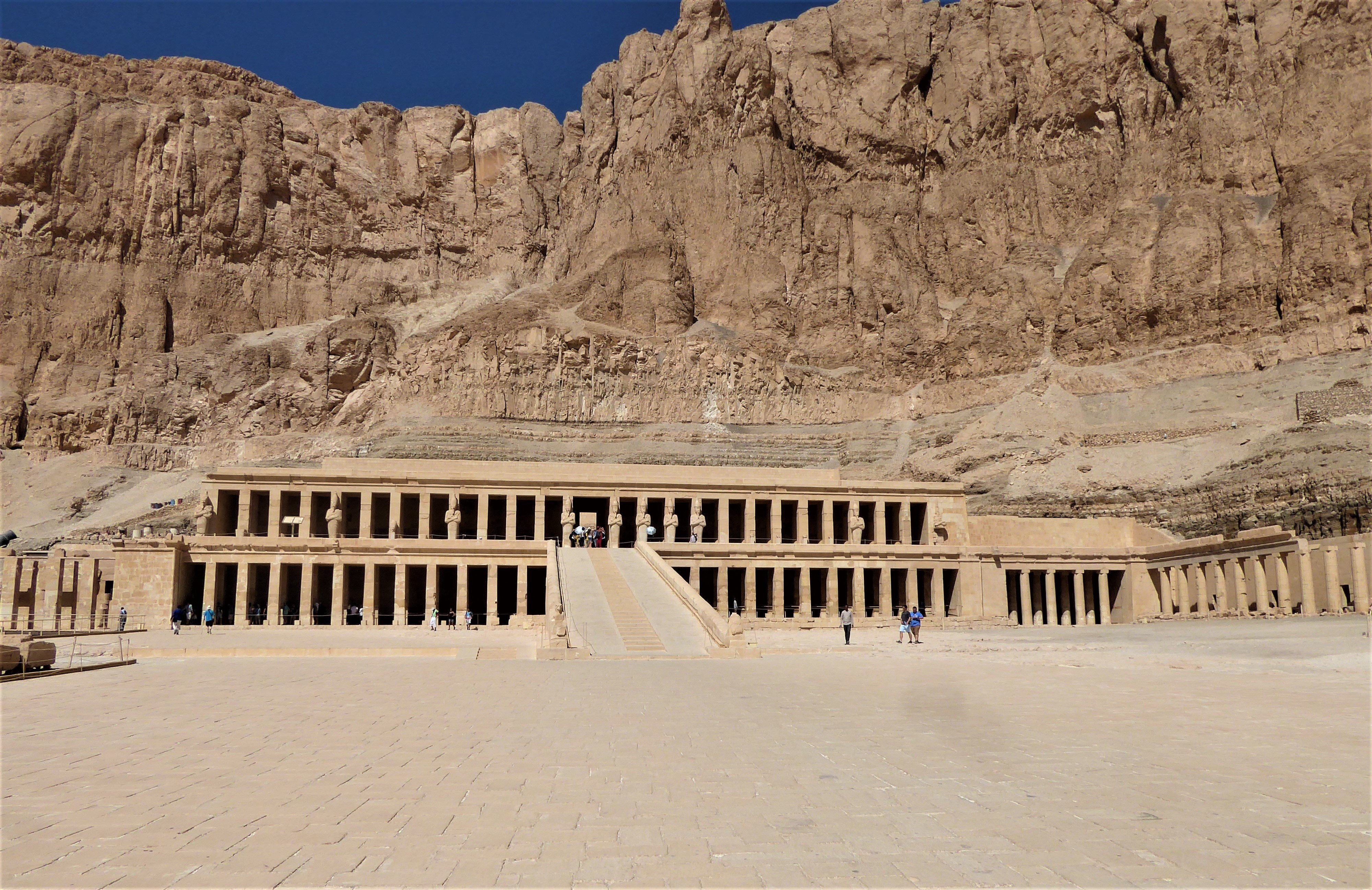

Hatshepsut
She was co-regent with her stepson Tuthmosis III due to his age but in reality, she rule the country and build many temples, almost trying to prove herself and was in her own right a very successful Pharaoh. When she died Tuthmosis III deleted whatever he could of hers even using her mortuary temple as a quarry to build his temple. Where ever Hatshepsut is seen or mentioned at the temple it has been crudely defaced.
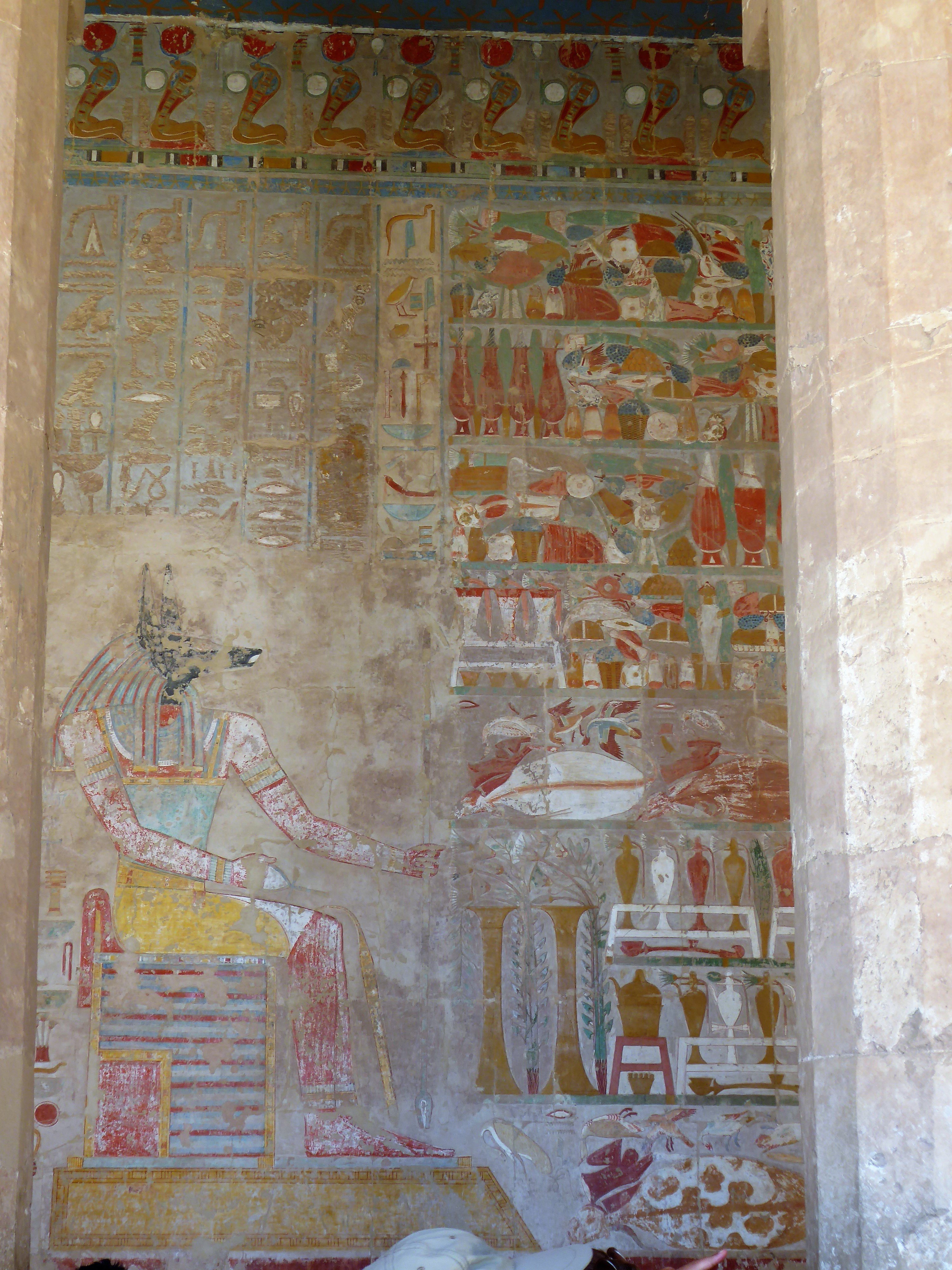

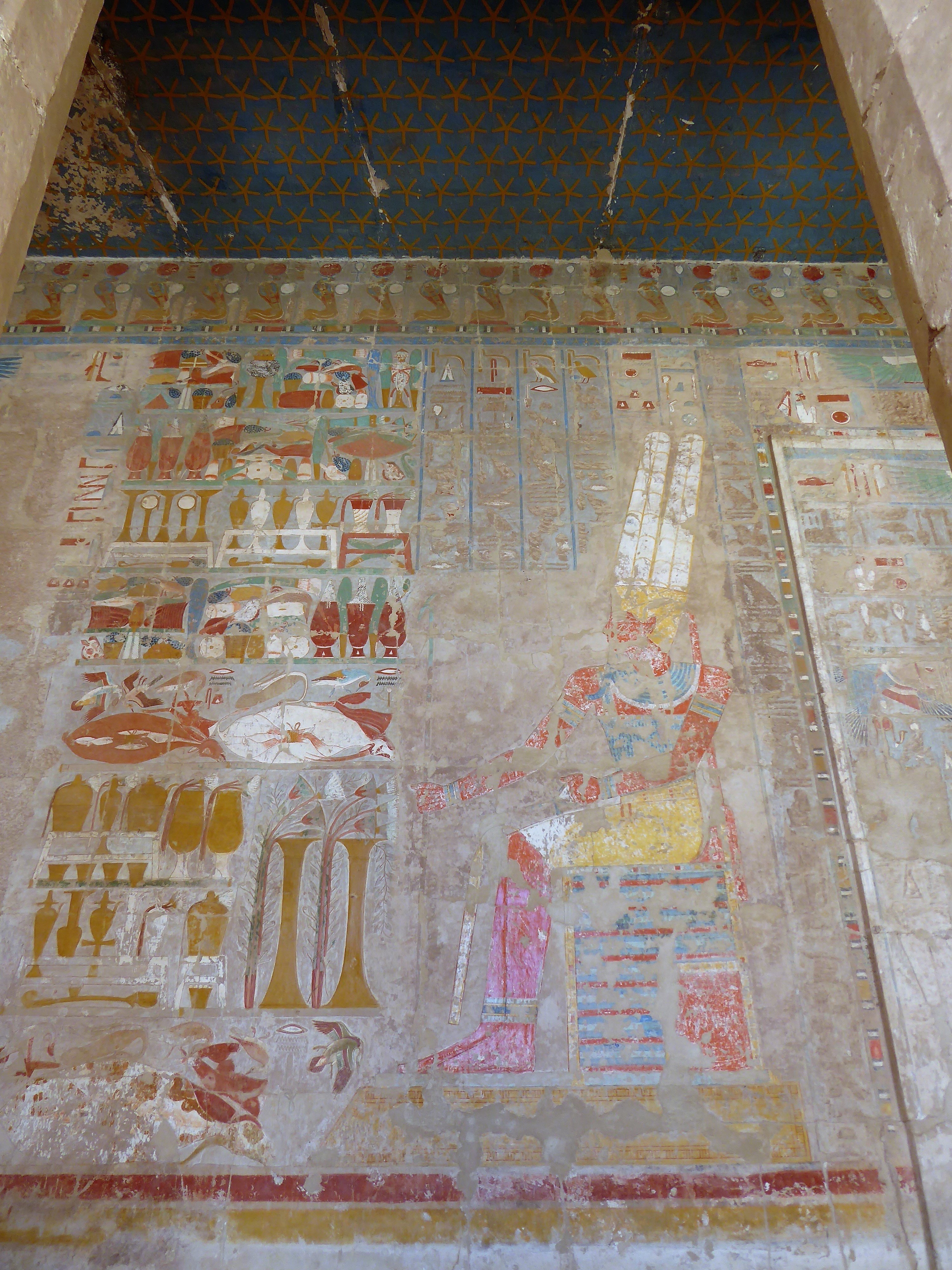
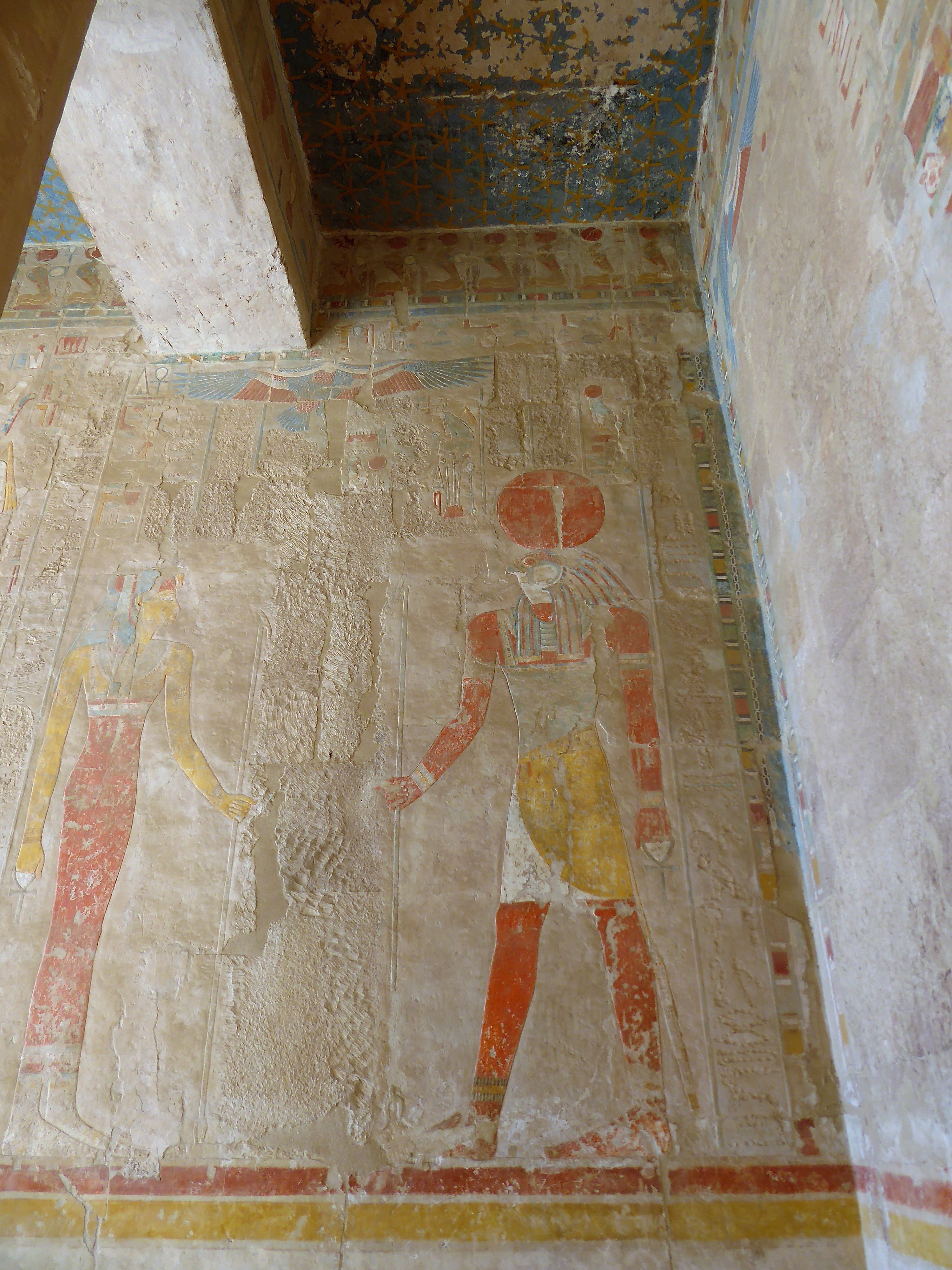
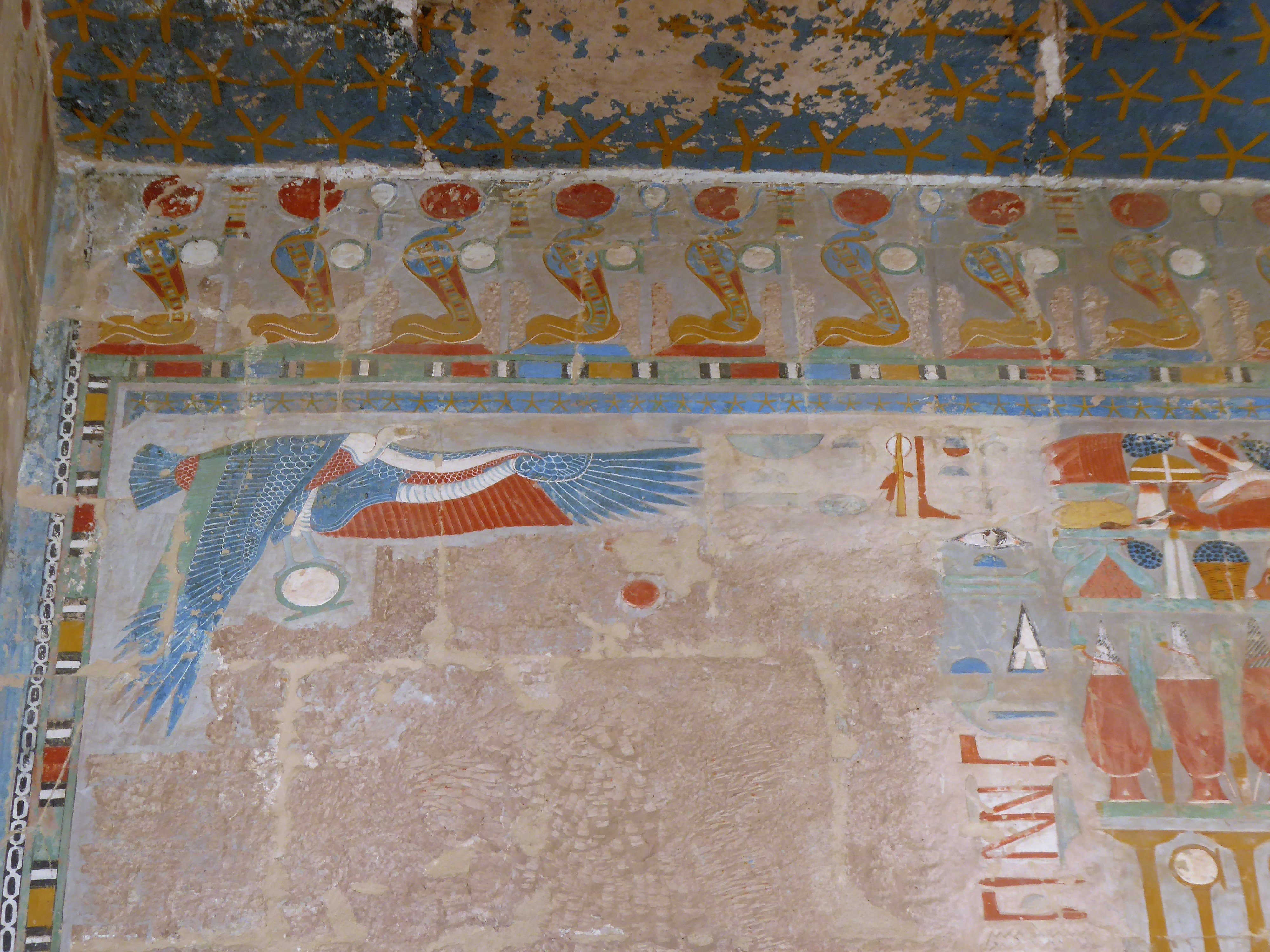
Back to the PR, as Hatshepsut was a woman and they couldn’t be Pharaohs she worked out a clever story showing that her birth was divine; her father was Amun who impregnated her mother therefore her birth was divine and making her the child of Amun. This clever story is carefully and meticulously etched into the structure of the temple, bold and big, it still bares lots of the original colours including the stars on the ceiling. A very aptly placed piece of PR, unfortunately I think her stepson’s disliking of her was strong, although not strong enough to destroy the temple or deface anything relating to any of the deities/gods honoured by his step-mothers in her temple.
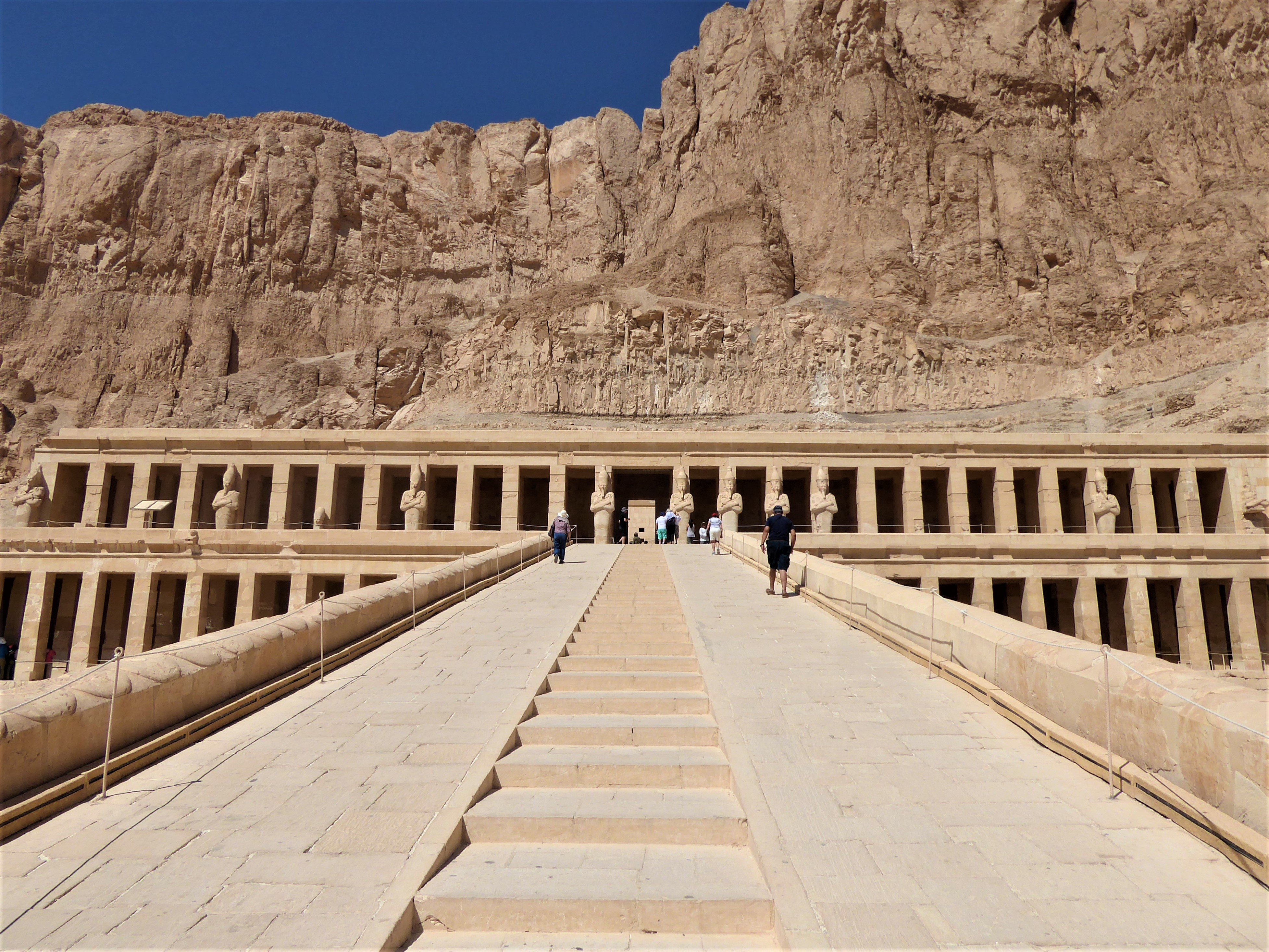
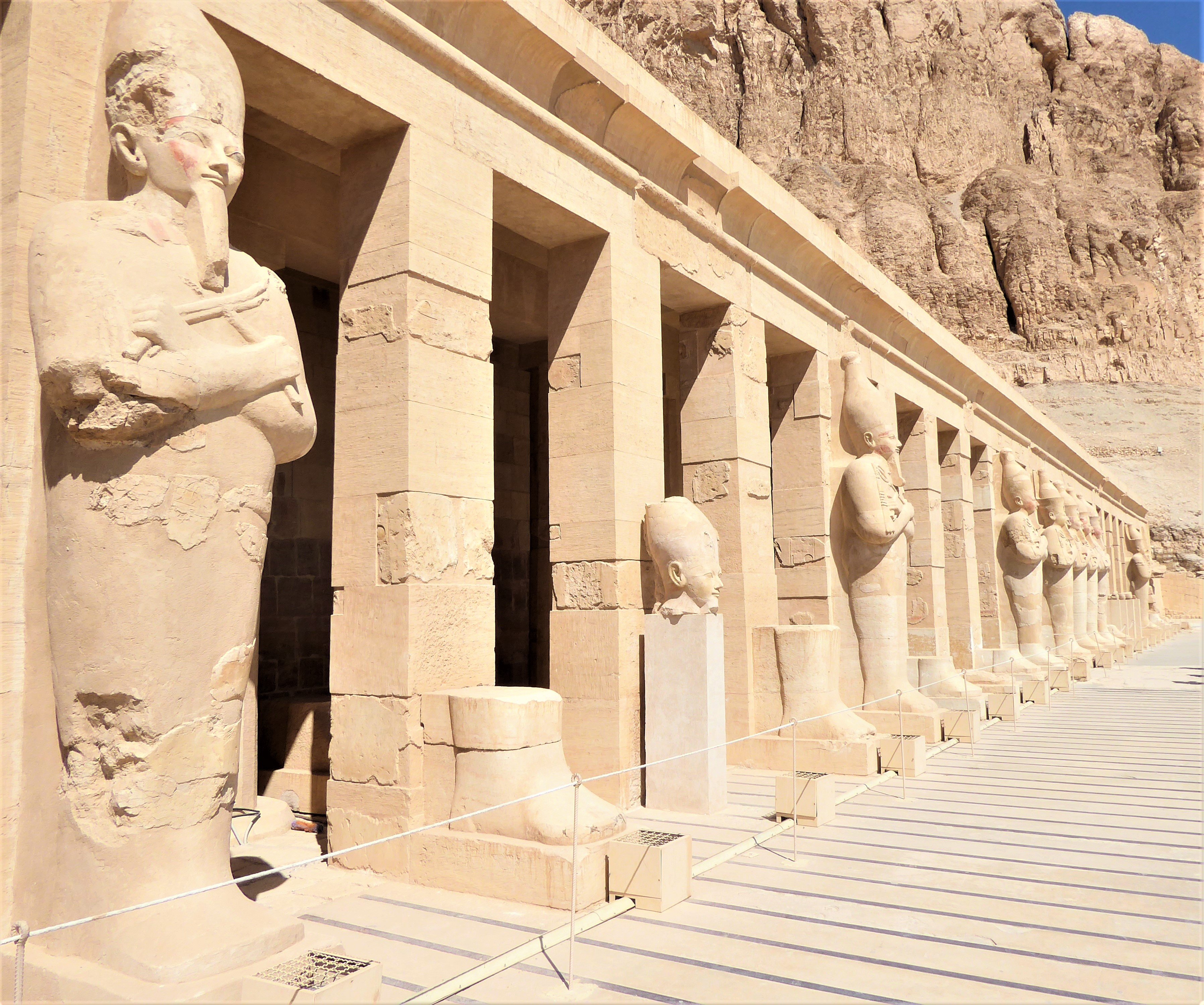

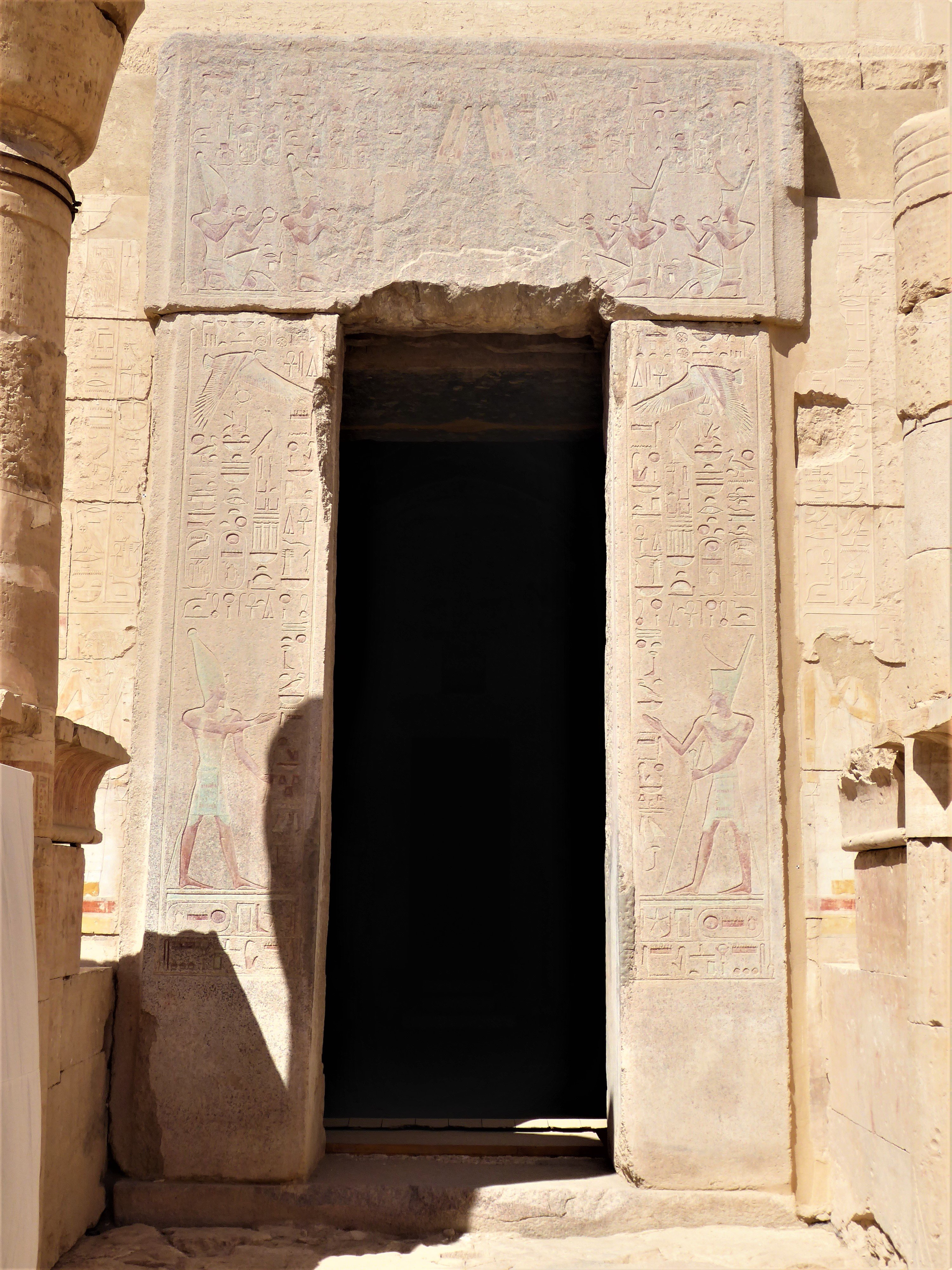
Up the second ramp to the third level there are the remains of statues of Hatshepsut, 13 on either side, through an entrance and you are into the main courtyard of the temple. Right ahead of you there is the inner sanctum of the temple, this is cut right into the mountain. There are two smaller courtyards on either side of this court, one with a large altar (the one on the right). They are still working on the temple and if you do some research on what they temple looked like before restoration started they have done a marvellous job. The upper tier isn’t what the temple is all about, the story of this temple, Hatshepsut’s story, the design, style and grandeur of this temple makes it awe inspiring – it makes a statement in style, status, authority and beauty only something achievable by a very classy woman.
Djeser-Djeseru Valley
This valley is on the East side of the Nile, as I’ve mentioned, it is full of ancient sites and I couldn’t help my mind from imagining what this area would have looked and been like in its prime. A city full of monumental buildings, figuratively by their religious nature and literally by their sure size! Not a long drive away just over the river is Luxor, the famous ancient Egyptian city of Thebes, our next stop.
Here are some additional photos from Hatshepsut Mortuary Temple, or here is the link to my previous stop the Valley of the Kings
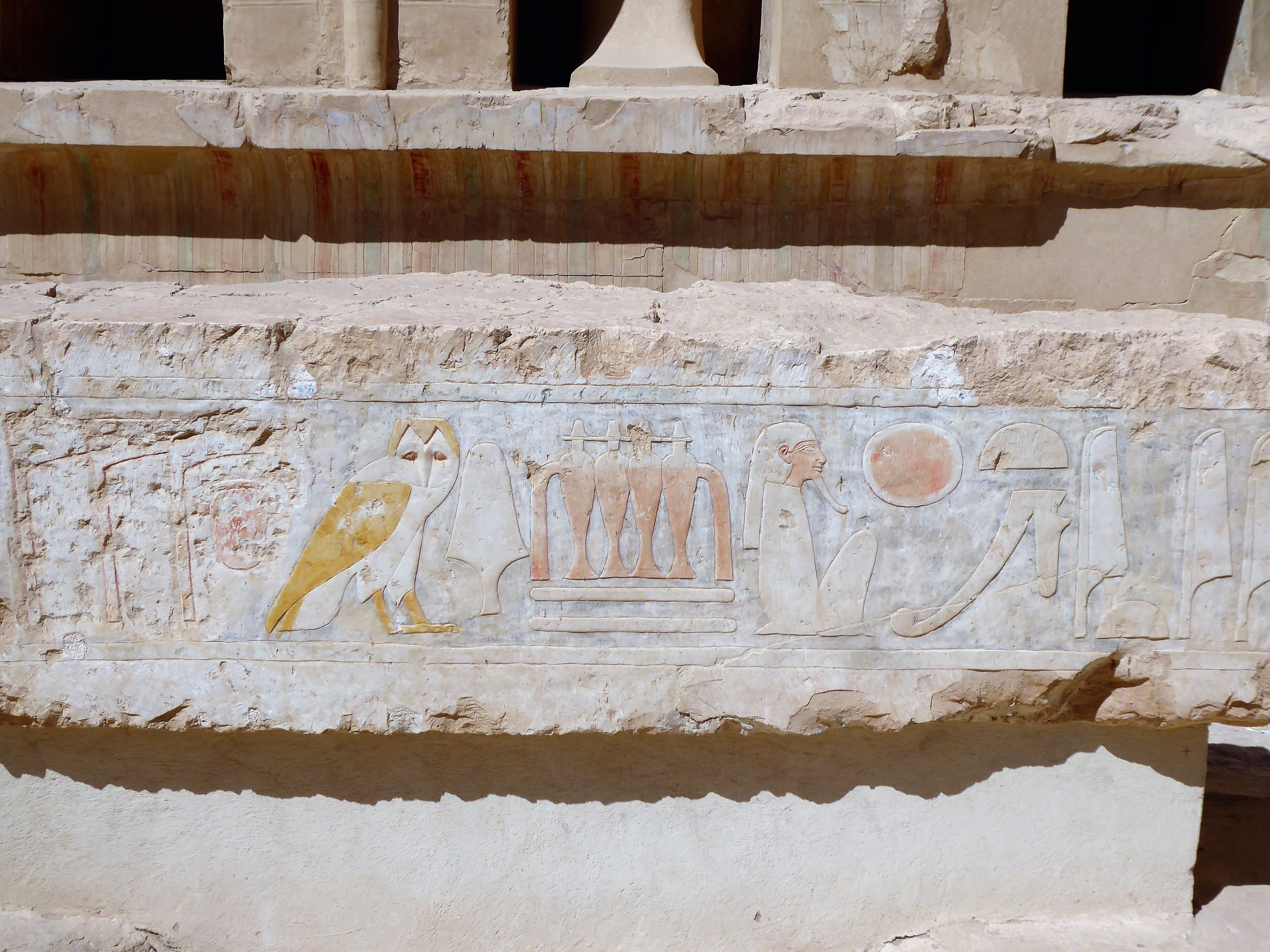


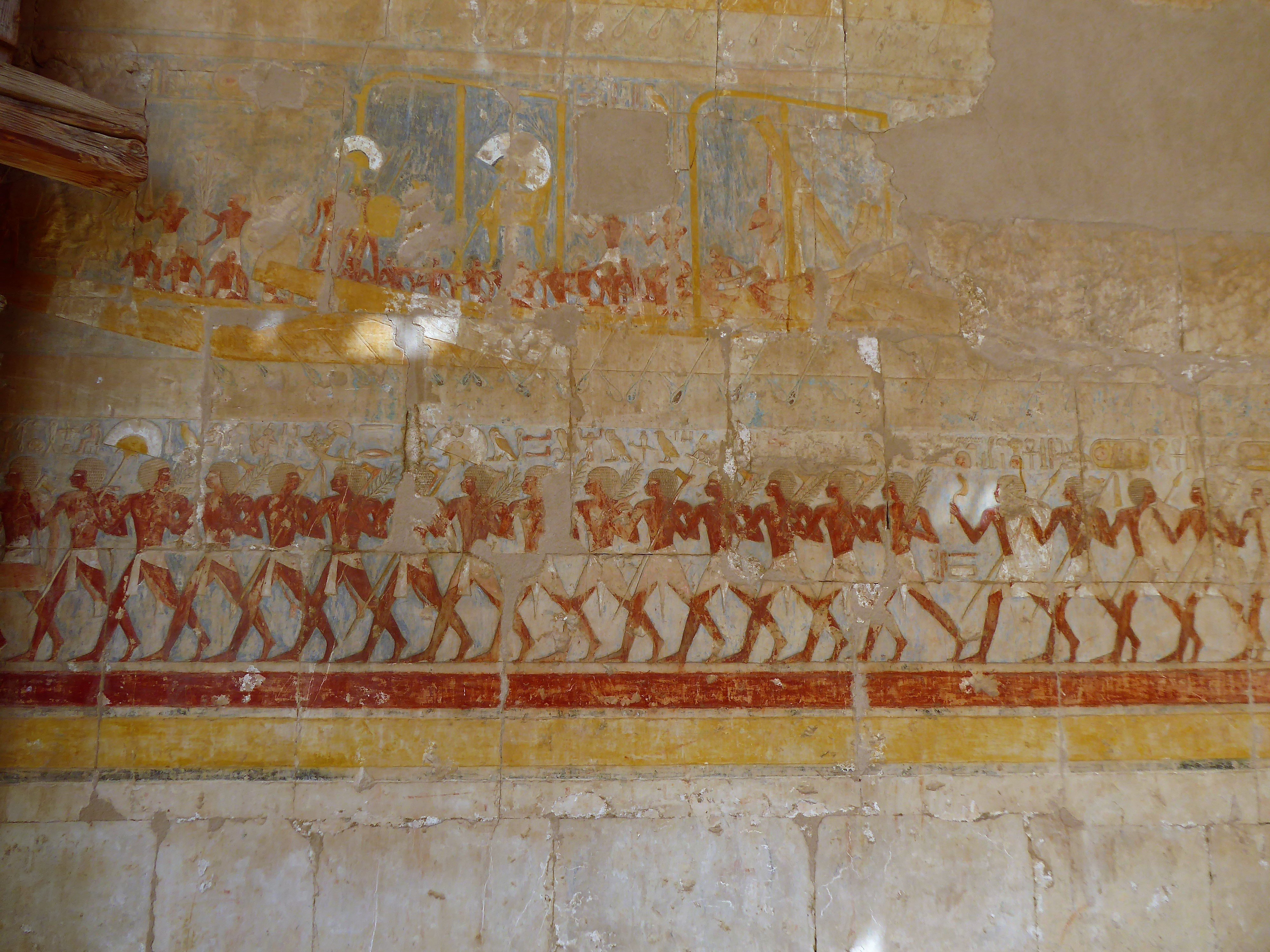
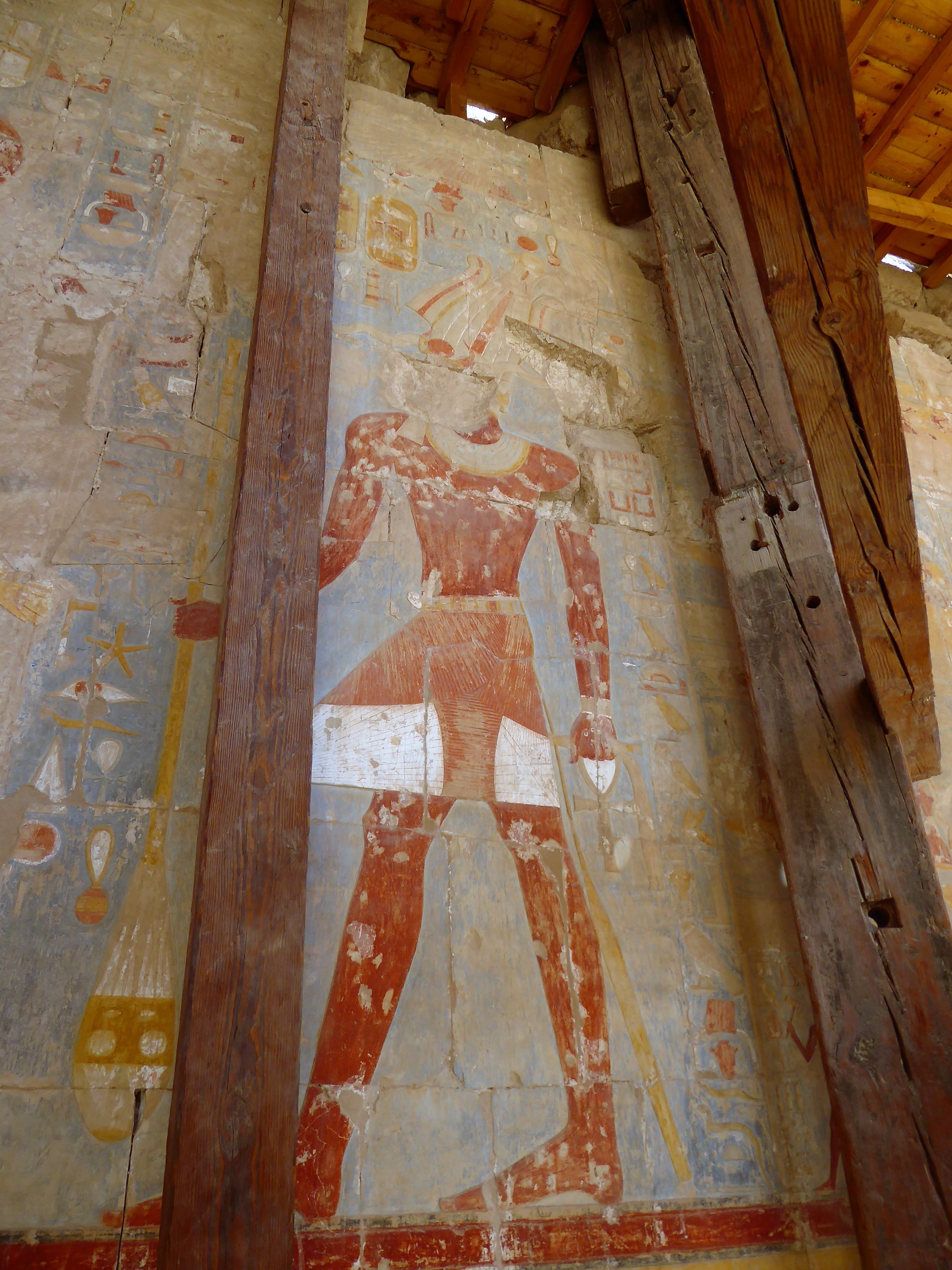
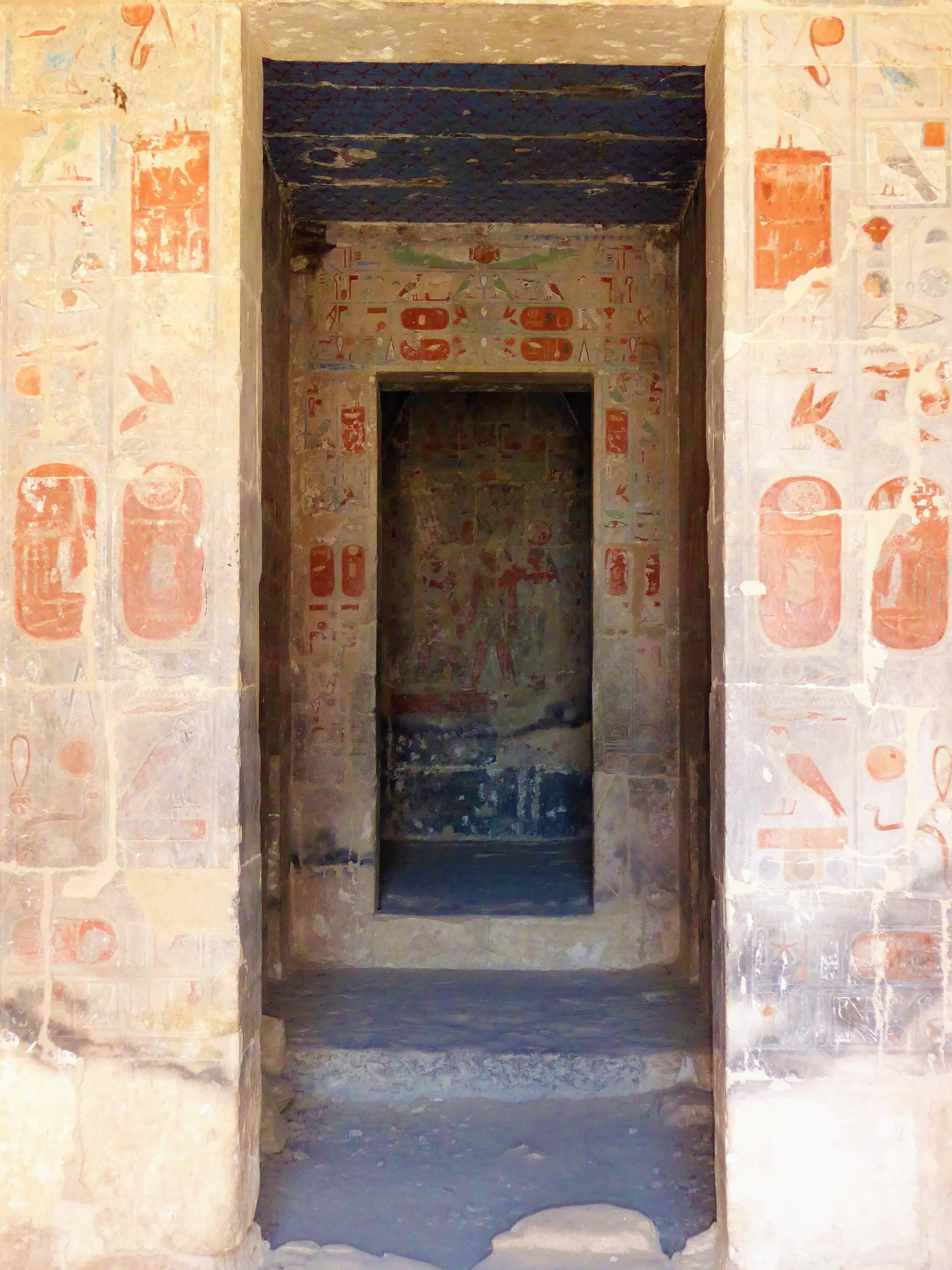

Unbelievable….. what is it about Egypt that is mystical? It seems to intrigue everyone.